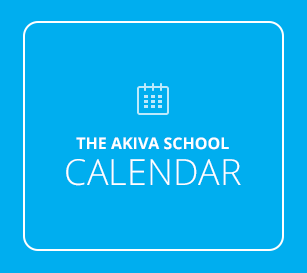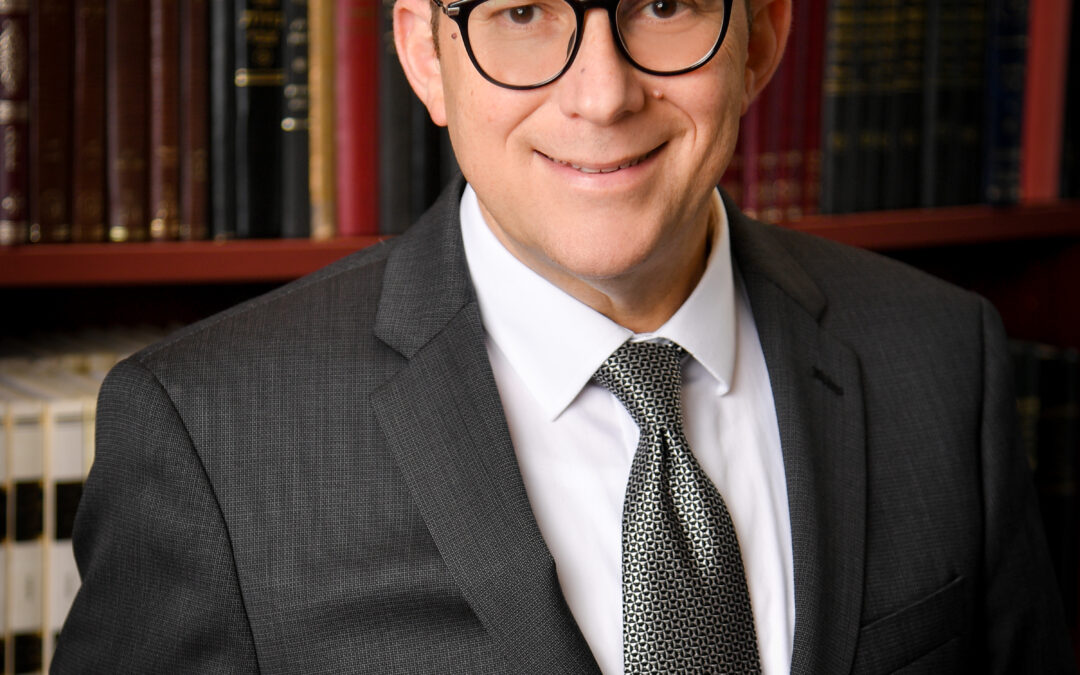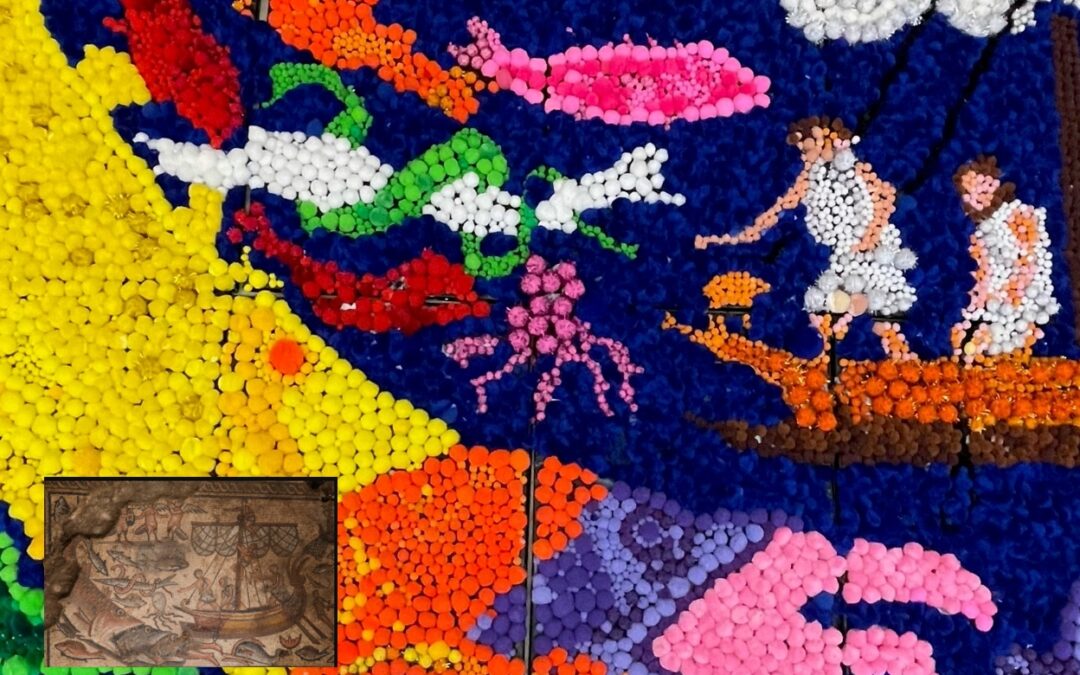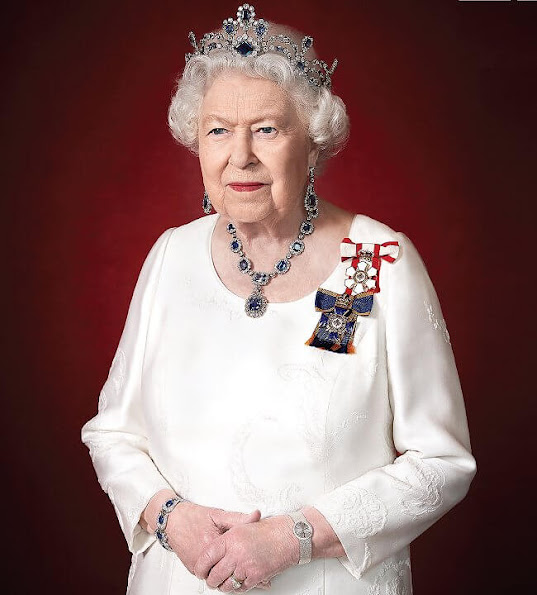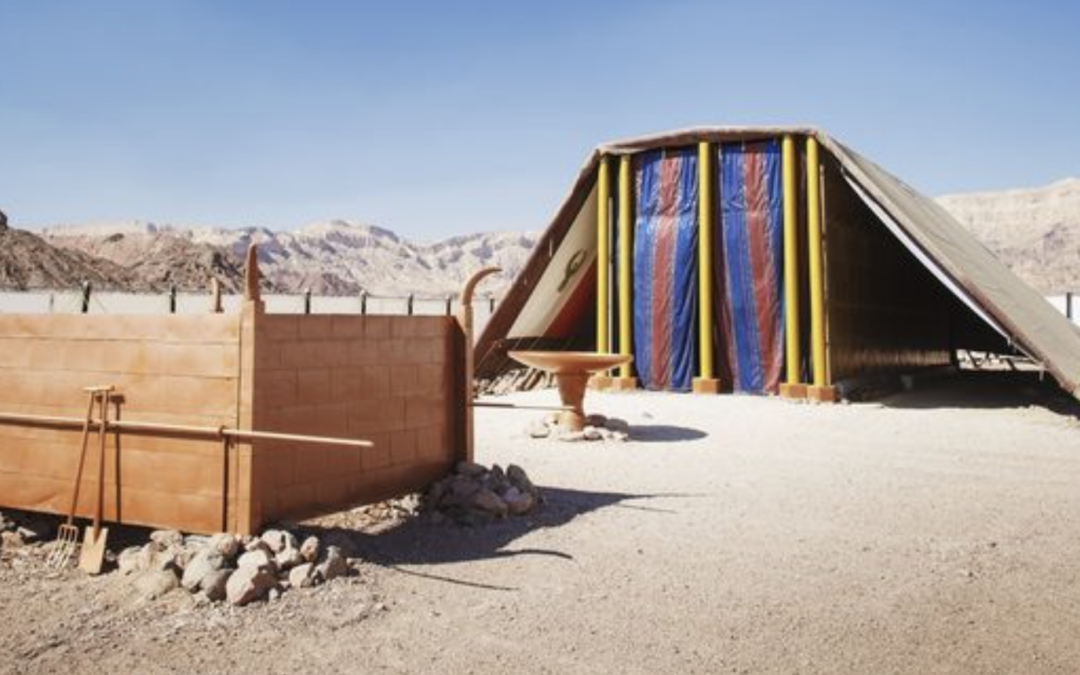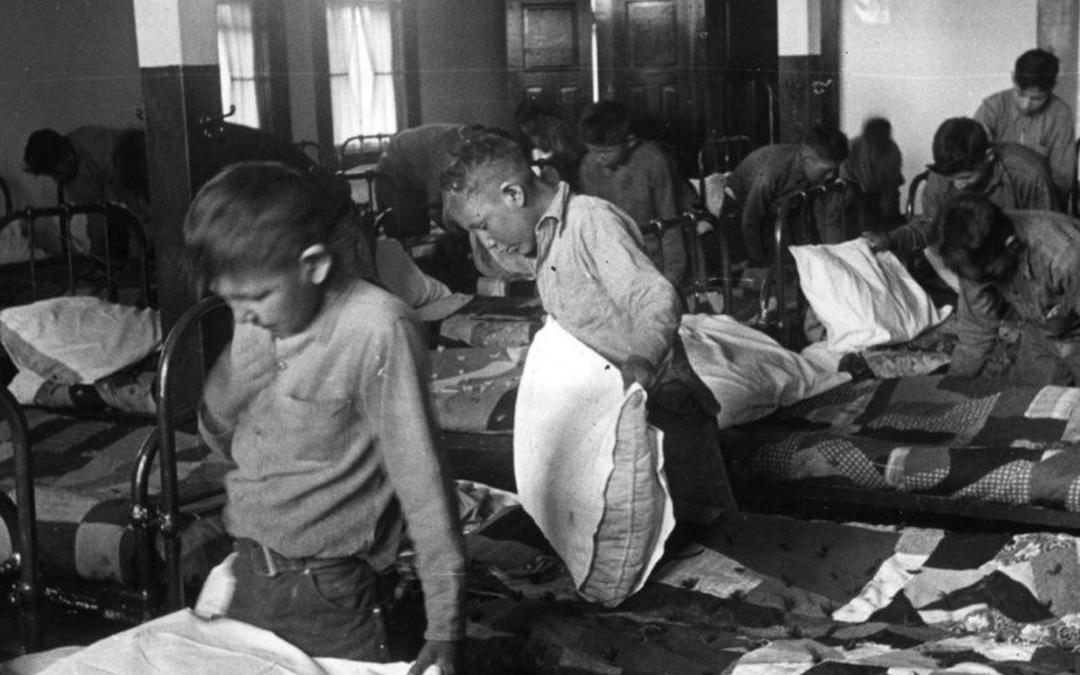 The book of Genesis is a book that itself could be studied over an entire year and the reader would still be left with many questions. When we study the books of the Torah and perhaps the book of Genesis in particular, we need to look at the stories and ideas on both the “macro” and “micro” levels. In this first book of the Torah, God wants us to learn particular concepts which are being set forth as general principles for all of mankind. We are supposed to derive these principles from both the more difficult ideas of the creation story as well as from the simpler acts and lives of our early ancestors.
The book of Genesis is a book that itself could be studied over an entire year and the reader would still be left with many questions. When we study the books of the Torah and perhaps the book of Genesis in particular, we need to look at the stories and ideas on both the “macro” and “micro” levels. In this first book of the Torah, God wants us to learn particular concepts which are being set forth as general principles for all of mankind. We are supposed to derive these principles from both the more difficult ideas of the creation story as well as from the simpler acts and lives of our early ancestors.
One of the most important ideas in the Bible is that of man being created in the image of God – “betzelem elokim”. This idea is first mentioned in last week’s parsha of Bereisheet during the creation of the first human being; however, it is also repeated in this week’s story of Noah and the flood. What is the practical understanding of this idea? How should this overall principle affect our daily lives? I believe that this general principle is teaching us two extremely important ideas- one about how we treat ourselves and a second idea about how we should treat others.
If we say that we are created in God’s image, it must have an impact on how we take care of ourselves. A story about the famous Rabbi Hillel illustrates this point. While on his way to the bath–house to prepare for Shabbat, Hillel tells his students that he is on his way to doing a mitzvah. His students ask him how it is possible that bathing can be considered a mitzvah! Hillel responds that if a king can hire people to clean his statues, then certainly it is necessary for us who are truly created in the image of God, to care for ourselves and be clean! Even though we might be tempted to use this as a great argument for getting our kids into the tub, the message here is not just about cleanliness being close to Godliness. The message is about caring for ourselves in a positive fashion (both physically and spiritually) that allows us to feel good about our own personal identity.
But perhaps even more important is the message of “Tzelem Elokim” in terms of how we treat others. The Babylonian Talmud relates the following:
“As God clothes the naked, you should clothe the naked… the Holy One visited the sick; you should visit the sick. The Holy One comforted those who mourned; you should comfort those who mourn. The Holy one buried the dead; you should bury the dead. “(Sotah 14a)
The message of the Rabbis is that living our lives “in the image of God” is not something existential and unattainable. Living “betzelem elokim” means to live our daily routines with meaning and purpose. It means that we are conscious of our own gifts and blessings while acknowledging that others might not be as fortunate. It means that simple acts of kindness like visiting the sick or donating clothing to a shelter are “godly” acts. The Rabbis did not say to be like God in terms of performing miracles. They said to be like God in the ways of man; namely by carrying out regular day to day mitzvoth and acts of kindness.
The lesson of acting in the image of God is a basic idea that needs to shape our day to day lives. When we look in the mirror, we need to see the spark of God within ourselves and feel good and we need to see the other person next to us as having that very same spark. If we can see life this way, we will understand the lesson of “tzelem elokim” and be on the right path toward fixing the world.
Shabbat Shalom

